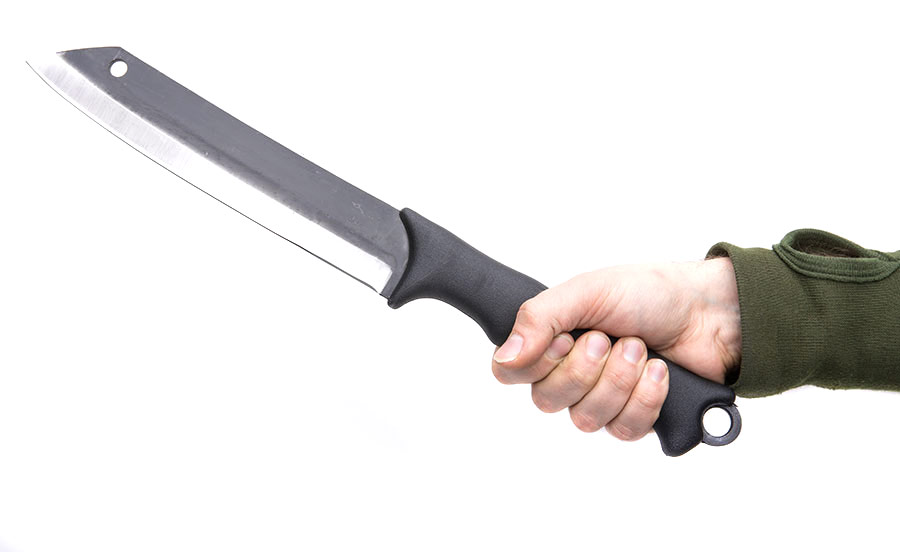Don’t overthink the machete. It is a simple tool designed for abuse. The modern examples made by companies like Imacasa (which makes Marbles and Condor, along with its own brands), Hansa and Tramontina are very good. You will need to sharpen them to your satisfaction, you may want to tweak the handle and you will have to buy a sheath separately. But, the blades are light and efficient, and suited for the task. Machetes are usually used to harvest crops or clear brush, and in either role your blade will come into occasional contact with harder objects like rocks, walls or metal. Those are the risks when you are cutting into vegetation that can obscure ground features or debris. The blade steel is designed to survive such damage and to be relatively easy to repair. Going with harder steels might increase the likely damage, make it more difficult to repair; and, will increase the cost of your tool.
These are inexpensive tools for a good reason. Buy a few that interest you and discover which works best for you.
n2s




